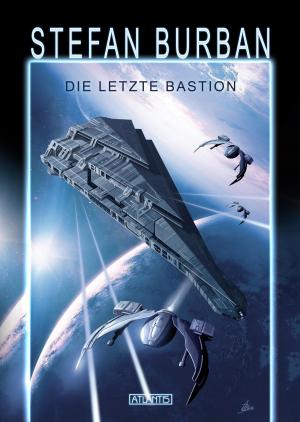| Author: | David Row | ISBN: | 9781301773893 |
| Publisher: | David Row | Publication: | April 25, 2013 |
| Imprint: | Smashwords Edition | Language: | English |
| Author: | David Row |
| ISBN: | 9781301773893 |
| Publisher: | David Row |
| Publication: | April 25, 2013 |
| Imprint: | Smashwords Edition |
| Language: | English |
This is an Alternative History (a book in which the consequences of certain changed in history are explored).
The premise (what is often called the Point of Departure) is that in 1932 the British Royal Navy recovered control of its air arm (the Fleet Air Arm) from the grip of the Royal Air Force.
This is the second book in the 'The Whale Has Wings' series. It carries on directly from the action described at the end of Volume 1 - Rebirth.
In Rebirth, the British Royal Navy regained control of its Air Arm (the Fleet Air Arm) from the RAF in 1933. This allowed them to build carriers and the aircraft needed for them to their own pre-war plans, rather than be constricted by the limited number and performance of the aircraft grudgingly provided by the RAF. As a consequence, by the time war broke out in 1939, the FAA had better planes, and the building of carriers was a little advanced on our history.
Initially the war doesn't seem to go much differently, until the big raid on the German ships at Wilhelmshaven harbour. Even after this, the diversion isn't yet great, and Norway is still a disaster for the German Navy. However the leverage of the changes in air power are slowly growing. As a result of greater confidence in his carriers, the British are not forced to sink the French ships in Oran, and the attack on the Vichy French at Dakar goes more successfully.
Other changes are less obvious; with more air cover, fewer ships are being lost to aircraft and submarines (as a result, the savings in repair work and new construction more than allows the continuation of the RN carrier building programme). Italy joins the war, and action spreads into the Mediterranean.
This book starts with the British attack on the Italian Fleet at Taranto - this time, the plan is more like the original plans and exercises carried out in preparation for the raid. As a result of the raid, there is again a divergence from history, and this book explores some of the consequences.
This books covers the actions through late 1940 and 1941, mainly in the Mediterranean against Italy and Germany, but also in the Atlantic where we see what happens to the breakout of the Bismark-led force.
As well as the naval actions, details are given of the war on land and air (in particular where this involves British forces), showing how the divergence from our history is slowly increasing as the changes since 1933 have more effect and cause yet more changes.
In the Mediterranean, war spreads to Greece and North Africa as well as the Italian colony of Ethiopia, with unrest and significant political changes in Africa and the Middle East. The book ends with the gathering clouds of the Japanese Empire darkening the East.
This is an Alternative History (a book in which the consequences of certain changed in history are explored).
The premise (what is often called the Point of Departure) is that in 1932 the British Royal Navy recovered control of its air arm (the Fleet Air Arm) from the grip of the Royal Air Force.
This is the second book in the 'The Whale Has Wings' series. It carries on directly from the action described at the end of Volume 1 - Rebirth.
In Rebirth, the British Royal Navy regained control of its Air Arm (the Fleet Air Arm) from the RAF in 1933. This allowed them to build carriers and the aircraft needed for them to their own pre-war plans, rather than be constricted by the limited number and performance of the aircraft grudgingly provided by the RAF. As a consequence, by the time war broke out in 1939, the FAA had better planes, and the building of carriers was a little advanced on our history.
Initially the war doesn't seem to go much differently, until the big raid on the German ships at Wilhelmshaven harbour. Even after this, the diversion isn't yet great, and Norway is still a disaster for the German Navy. However the leverage of the changes in air power are slowly growing. As a result of greater confidence in his carriers, the British are not forced to sink the French ships in Oran, and the attack on the Vichy French at Dakar goes more successfully.
Other changes are less obvious; with more air cover, fewer ships are being lost to aircraft and submarines (as a result, the savings in repair work and new construction more than allows the continuation of the RN carrier building programme). Italy joins the war, and action spreads into the Mediterranean.
This book starts with the British attack on the Italian Fleet at Taranto - this time, the plan is more like the original plans and exercises carried out in preparation for the raid. As a result of the raid, there is again a divergence from history, and this book explores some of the consequences.
This books covers the actions through late 1940 and 1941, mainly in the Mediterranean against Italy and Germany, but also in the Atlantic where we see what happens to the breakout of the Bismark-led force.
As well as the naval actions, details are given of the war on land and air (in particular where this involves British forces), showing how the divergence from our history is slowly increasing as the changes since 1933 have more effect and cause yet more changes.
In the Mediterranean, war spreads to Greece and North Africa as well as the Italian colony of Ethiopia, with unrest and significant political changes in Africa and the Middle East. The book ends with the gathering clouds of the Japanese Empire darkening the East.















